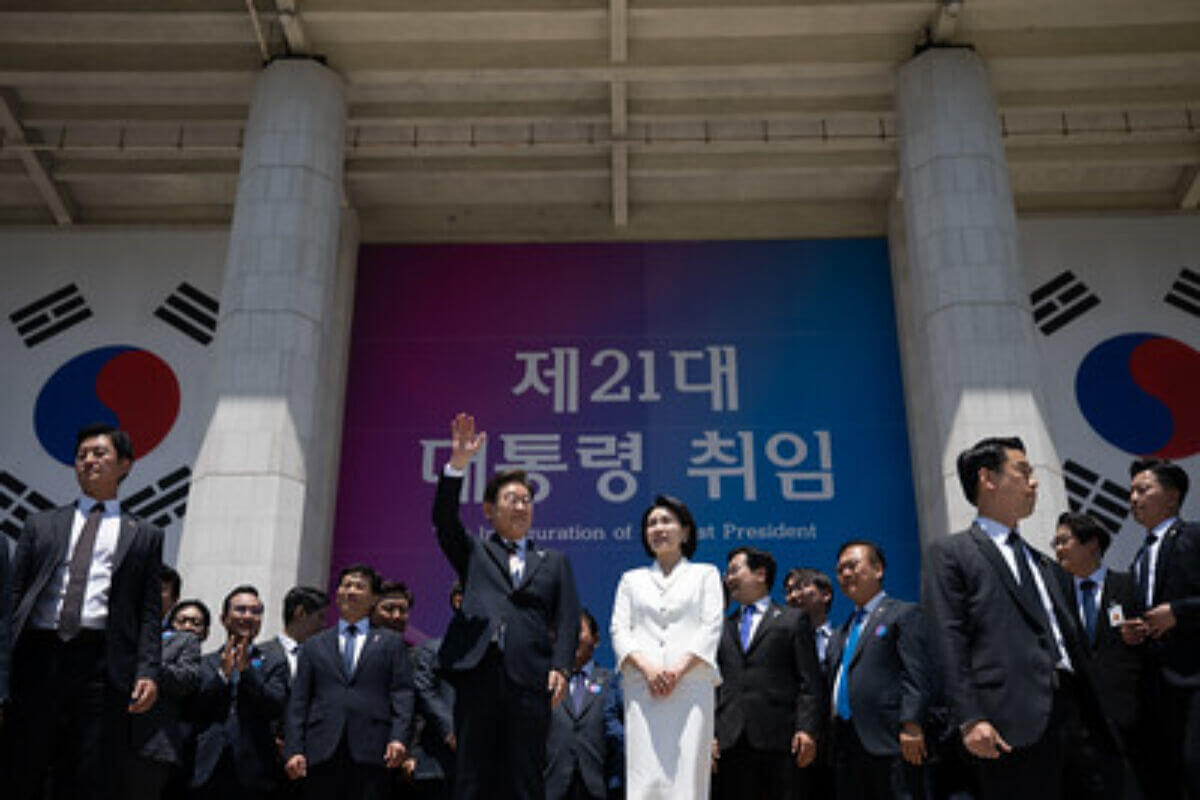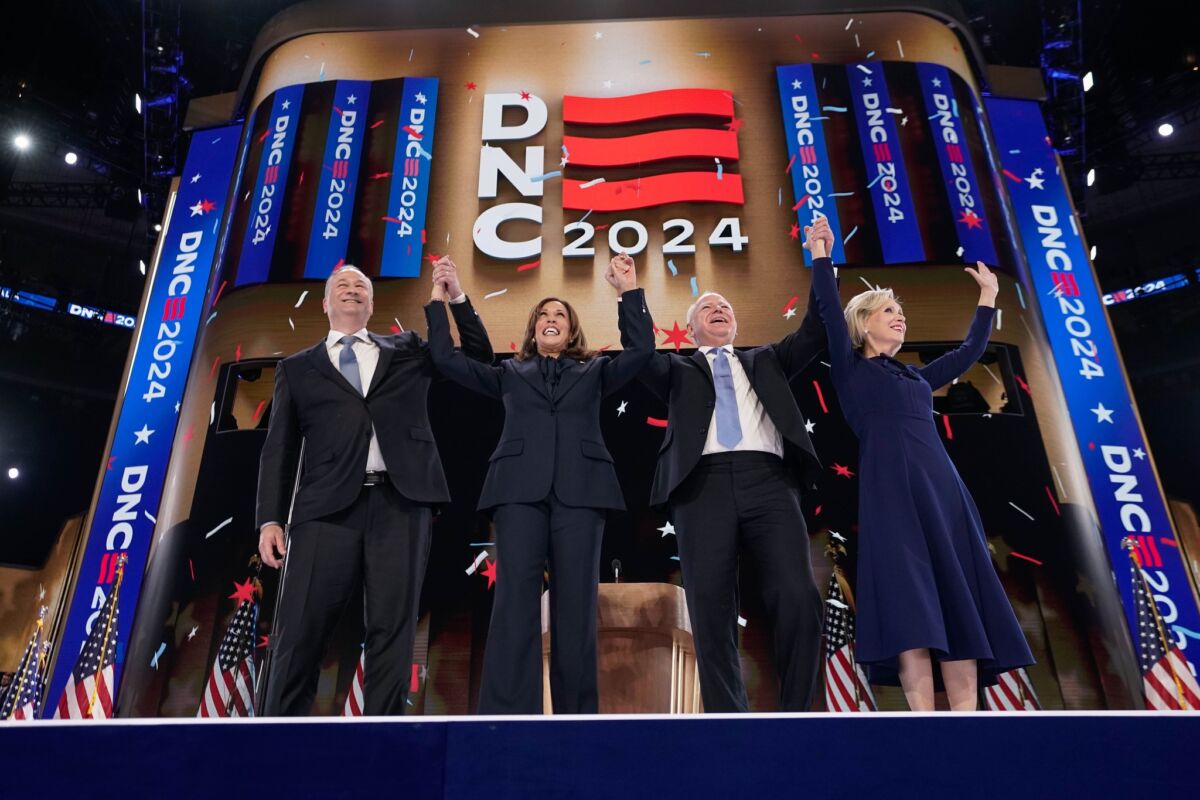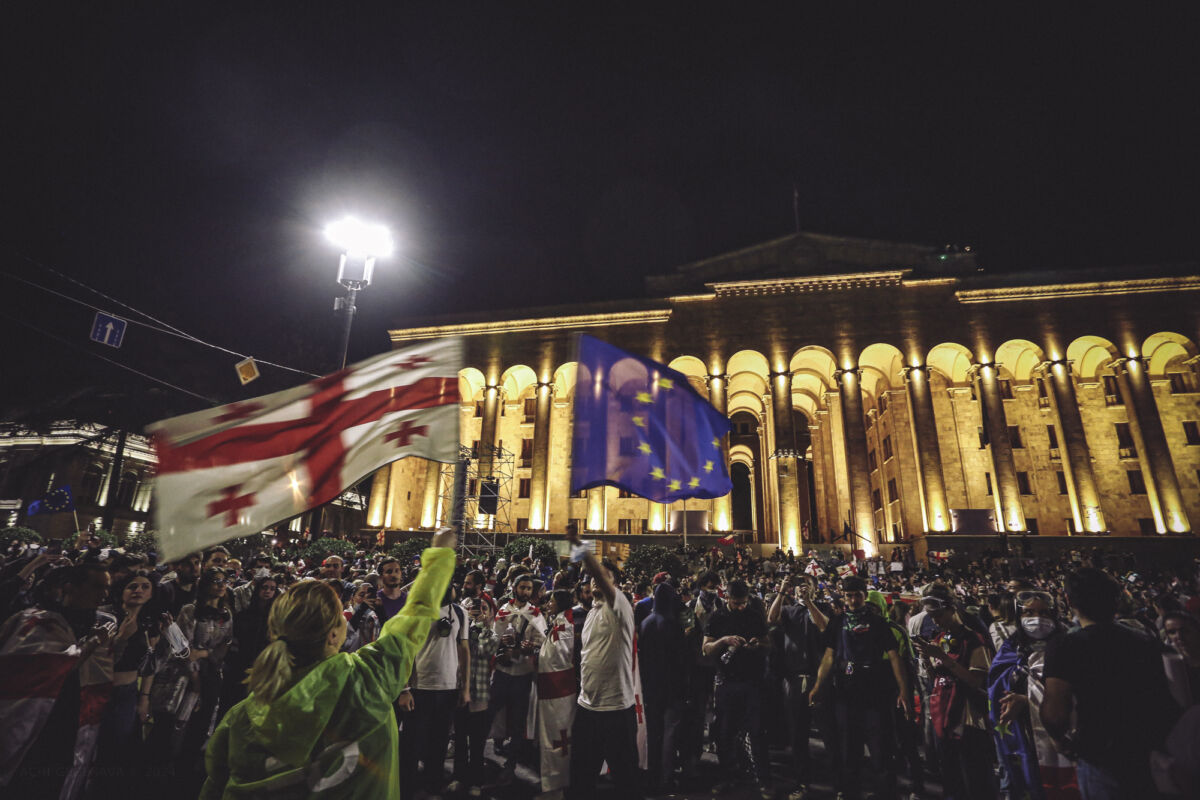UPDATED table of arms deliveries by EU Member States to Ukraine
During the first year of the war it became clear that Western weapons really made the difference, allowing Ukraine’s forces to partially correct the military imbalance with the invaders and later in recapturing large chunks of occupied territory.
At a time when Russia’s latest military offensive is not yet in full swing and US domestic politics still favours military aid, the EU needs to step up and speed up its military support to Ukraine.
Moscow, Washington and the EU’s window of opportunity
The first half of 2023 will be decisive to turn the tide of the war for several reasons.
First, Russia is conducting a new – so far limited – offensive which may culminate during the spring. This is seemingly to pursue its original political objectives, those being the annexation of large parts of Ukrainian territory and possibly even regime change in Kyiv. Supporting this theory is evidence of a new imminent mobilisation and the shifting of the Russian defence industry to a total war footing.
If military analysts are sceptical about Russian forces’ ability to break through Ukrainian lines, partial success around the town of Bakhmut would prolong the war of attrition, consuming resources that Ukraine does not have and eventually benefitting Russia.
As pointed out by NATO Secretary General Jens Stoltenberg, the Western allies are in a ‘race of logistics’, where aid must plug Ukraine’s capability gaps before Russia has the opportunity to gain momentum on the battlefield. If the West really wants Ukraine to be able to continue defending itself and recapture other key territories so it can sue for peace from a position of strength then it needs to send as many – especially heavy – weapons as possible.
With a currently divided Congress and the 2024 presidential campaign approaching, it isn’t clear how long the Biden administration could resist a growing sense of war fatigue in a more polarised debate. With diminished US political backing, some of the more reluctant EU Member States could pull back even further. This would be highly damaging to the EU’s international reputation. After all, accepting a neighbouring country that is under attack as a candidate for membership must mean accepting more EU responsibility for that neighbour’s survival.
If Member States want to keep their word and support Ukraine in defending universal values and the rules-based order ‘for as long as it takes’, then they must scale up their military aid deliveries.
European lethal aid to Ukraine, one year on
Shortly before the war’s first grim anniversary, the EU institutions and Member States surpassed the total aid disbursed by Washington by making new pledges on financial, humanitarian and military support. Still, when it boils down to military assistance only, the US remains the largest contributor to Ukraine, to the tune of EUR 45 billion.
The EU announced in February a new military package, worth another EUR 500 million, thus bringing the sum of lethal aid disbursed through the European Peace Facility (EPF) up to EUR 3.6 billion and the total amount of EU aid (institutions + Member States) to EUR 12 billion. More recently, defence ministers have discussed a new proposal to commit an additional EUR 1 billion, half of the top up envisaged this year for the EPF, solely to jointly procure 155mm artillery ammunition for Kyiv.
Even when taken together with the recent upscaling of the EU training mission to 30 000 troops, these decisions cannot mask Member States’ diverging political goals over supporting Ukraine.
Analysing the most recent data on European lethal aid to the Ukrainian armed forces, some trends are clear and portray a similar lukewarm approach, as we highlighted in our previous CEPS policy brief on the subject before the winter battlefield stalemate set in.
Poland remains Ukraine’s largest donor of lethal aid and played an important role in breaking Germany’s resistance to providing Leopard II tanks by building a ‘coalition of the willing’ with other central, eastern and Baltic European states. Moreover, in this phase of the conflict, Poland will be a key country in streamlining support to Kyiv. Warsaw, which is definitely not lacking the political will, will seize the opportunities of acting as a key logistics and training hub.
Alongside Poland, the Baltics continue to take the moral lead. Not only have they been scaling up their aid since last autumn, notably in terms of heavy weapons, they have also significantly increased the share of their GDP devoted to Ukraine. Poland and Lithuania are spending more than 0.6 % of their GDP in bilateral aid, whilst Estonia and Latvia are hovering around 1 %.
Now Germany is catching up, yet many eyebrows were raised when Chancellor Scholtz, having taken far too long to decide whether to send Leopards, urged EU partners during a European Council in early February to ‘stop dragging their feet when it comes to delivering tanks to Ukraine’. Further bold defence decisions will need to be taken to save the much-touted Zeitenwende from failure. Indeed, there’s the need to reassure EU partners that the Leopard II impasse won’t repeat itself soon over fighter jets.
Meanwhile, there is still puzzlement in Paris over President Macron’s missed chance of succeeding Angela Merkel as the undisputed leader of Europe. The Élysée continues to blow hot and cold, by on the one hand pushing for talks with Russia during the (not so) frozen winter phase of the conflict, while on the other making new pledges to Ukraine, like sending the SAMP/T air defence system alongside Italy.
Kyiv can’t wait any longer
One year on, European military aid pledges to Ukraine are still cyclical and unpredictable, mostly reactive in nature. Even if this is partly explained by the loss of political momentum when winter froze the battlefield over, as well as some EU capitals’ continued and misplaced fear over a possible Russian escalation, it certainly does not help the Ukrainian armed forces’ planning for the upcoming spring and summer offensives.
Russia should be deterred from a position of strength. European allies should therefore step up and speed up their military aid before Russia is able to turn the tide of the war decisively in its favour, a nightmare scenario that the EU cannot allow to happen.





































